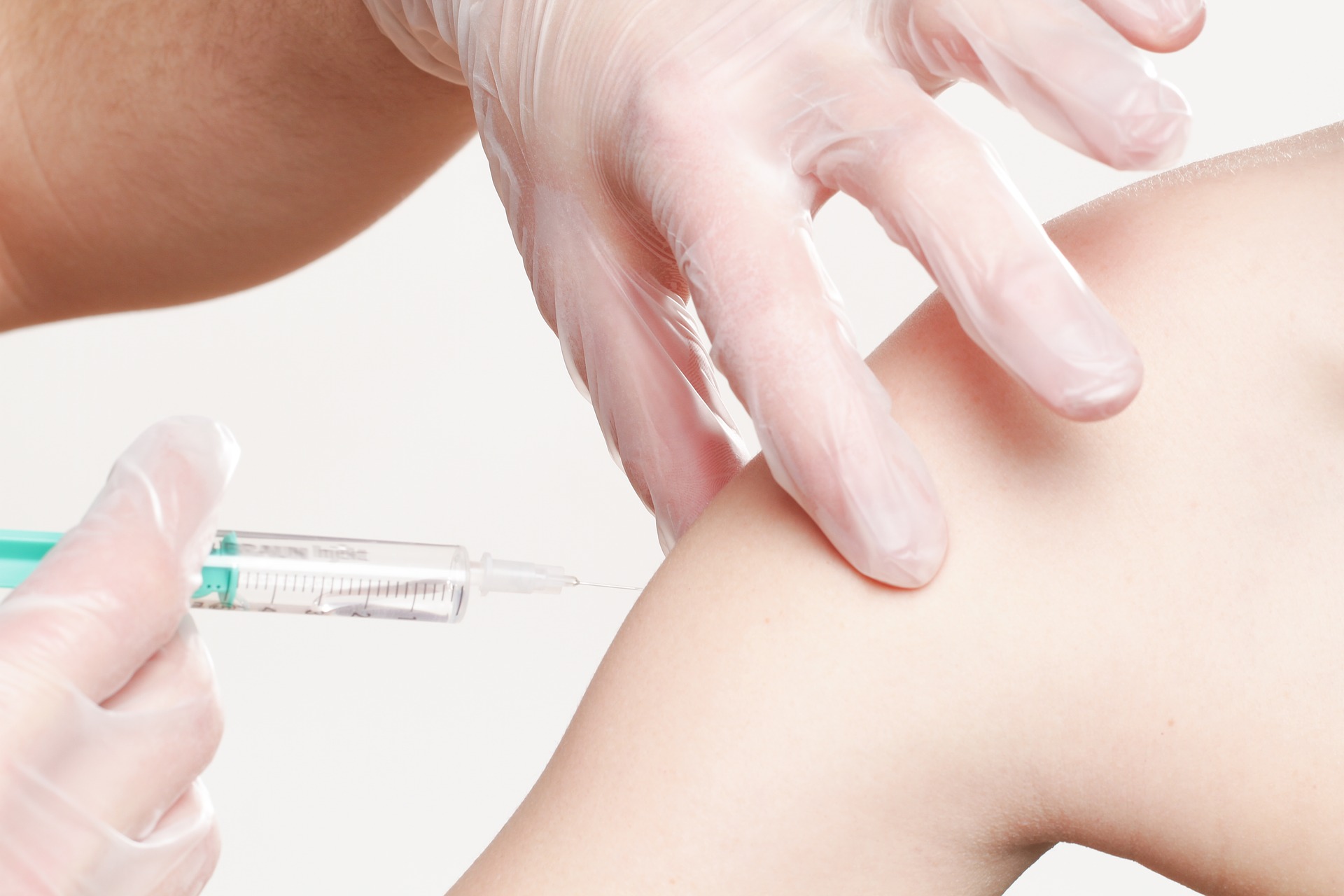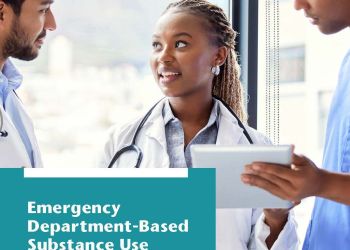 Q&A with National Association of County and City Health Officials Chief Executive Officer Lori Tremmel Freeman
Q&A with National Association of County and City Health Officials Chief Executive Officer Lori Tremmel Freeman
Measles have reemerged as a public health threat in the United States in 2019. New York and Washington state are facing the worst measles outbreak in a generation, but cases have also been reported in 10 states so far this year. Below, National Association of County and City Health Officials (NACCHO) CEO Lori Tremmel Freeman discusses the importance of vaccines, vaccine hesitancy, and how local health departments work diligently to protect communities from vaccine-preventable diseases including measles. NACCHO represents the nation’s nearly 3,000 local health departments.
Q. We are seeing an alarming outbreak of vaccine preventable measles this year. Can you talk to us about the basics of vaccines and their value to our collective health?
A. Years of research has shown vaccines to be one of the most effective and successful public health tools to prevent disease, illness, and premature death from preventable infectious diseases. Many, local health departments vaccinate people in their communities, providing one of the most successful and effective services to prevent disease and death. Often, local health departments offer immunizations free of charge. According to NACCHO Profile data, a comprehensive survey of local health departments, most local health departments provide direct immunization services; 90 percent offer adult immunizations and 88 percent offer childhood immunizations.
Beyond service delivery, local health departments also promote the importance of immunizations through education and policy. They also monitor, prevent, and control disease to reduce the health risks and financial burden of infectious disease cases and outbreaks. Local health departments use community, provider, and school-based immunization coverage rates to assess and ensure protection against vaccine-preventable diseases. However, many local health departments are operating at a diminished capacity due to budget pressures on federal, state, and local governments. In the area of immunization, that means that there are fewer epidemiologists to track the spread of diseases and identify pockets of underserved areas within the community with lower vaccination coverage rates. There are also fewer nurses to staff immunization clinics, provide vaccines, and conduct outreach within communities.
Q. Can you talk to us about “vaccine hesitancy”? In spite of all of the evidence supporting the value of vaccines, some parents are reluctant to give their child vaccine protection. This seems counter intuitive. Is there any research on this?
A. Though there are many factors that can influence an individual’s decision to
vaccinate, research has shown that the most notable factors include:
- Trust: an individual’s willingness to rely on someone else’s subject matter expertise regarding vaccine recommendations;
- Attitudes and beliefs: an individual’s perception of the seriousness of vaccine-preventable diseases, vaccines’ effectiveness, and vaccine benefits;
- Healthcare provider confidence both in vaccines and their ability to communicate effectively to parents about vaccines: a healthcare provider’s recommendation is the strongest predictor of vaccine acceptance; and
- The information environment regarding vaccines: the significant influence that
healthcare providers, social networks, news, and other media can play in influencing
knowledge, beliefs, and behaviors associated with vaccine acceptance.
 While vaccine hesitancy puts many at risk, it is not the only factor contributing to lower vaccination rates. The CDC recently released a study examining vaccination coverage for children age 19 to 35 months, which found that the percentage of children under two years of age who had not received any vaccination quadrupled during the last 17 years, with the lowest coverage among uninsured children and children living in rural areas. The researchers offered two reasons for this change: access and affordability. Some families believe they simply cannot afford to vaccinate their child. For others, there is no hospital, health department, medical center, or pediatrician close to home to access them.
While vaccine hesitancy puts many at risk, it is not the only factor contributing to lower vaccination rates. The CDC recently released a study examining vaccination coverage for children age 19 to 35 months, which found that the percentage of children under two years of age who had not received any vaccination quadrupled during the last 17 years, with the lowest coverage among uninsured children and children living in rural areas. The researchers offered two reasons for this change: access and affordability. Some families believe they simply cannot afford to vaccinate their child. For others, there is no hospital, health department, medical center, or pediatrician close to home to access them.
As several states and counties across the nation are currently experiencing outbreaks of vaccine-preventable disease, it is important that we continue promote vaccine confidence, while continuing to work to improve access and affordability. This is not just an issue about children. Vaccines across the lifespan are important, life-saving measures, particularly in our efforts to protect those who are at-risk or most vulnerable to contracting a vaccine-preventable disease.
Q. What is NACCHO’s position on vaccine confidence?
A. Simply put: vaccines are the best defense against the threat of vaccinepreventable diseases and play a vital role in protecting the health of communities. Immunization has been one of the most successful and safest public health measures available to populations worldwide, with an unparalleled record of disease reduction and prevention. The success of vaccines highlights the importance of continued vigilance in promoting vaccine confidence.
According to results of NACCHO’s 2017 Assessment of Local Health Department Immunization Programs, vaccine confidence was cited as a high priority area for local health departments to address, and respondents stated that vaccine hesitancy is a significant barrier to achieving high vaccination coverage rates in local communities. Local health departments play a significant role in communicating with parents about the importance of vaccination, and often provide training to healthcare providers on how to strongly recommend vaccines, such as the human papillomavirus and influenza vaccines.
Through the combined efforts of these partnerships, local public health departments
are working to reduce the likelihood of future vaccine preventable events like the one we
are currently experiencing. Watching their child suffer due to a preventable infection is not
something a parent should have to do. An immunization is vital to prevent this.
Vaccine Statistics Source: National Vaccine Program Office. Featured Priority: Vaccine
Confidence. Retrieved January 31, 2019, from https://www.hhs.gov/nvpo/featuredpriorities/vaccine-confidence/index.html.


